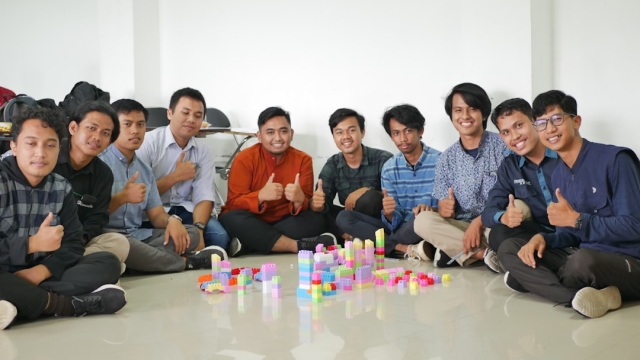Overview of Developmental Milestones by Age Group

Understanding the key stages of a child’s growth is vital for parents and caregivers alike. developmental milestones serve as essential markers that help track a child’s physical, emotional, and cognitive development over time. By recognizing these milestones, parents can gain insights into their child’s progress and identify any areas where additional support may be needed. This article will provide an overview of developmental milestones across different age groups, offer practical tips for tracking progress, and address common concerns that parents may have.
Overview of Developmental Milestones by Age Group
Developmental milestones are categorized based on age groups, as children progress through various stages of growth. Below is a breakdown of what to expect during each phase:
Infants (0-12 Months)
During the first year, infants undergo rapid growth and development. Key developmental milestones include:
- Physical: Rolling over, sitting up, and beginning to crawl.
- Cognitive: Recognizing familiar faces, responding to their name, and exploring objects by putting them in their mouth.
- Social: Smiling, laughing, and showing attachment to caregivers.
Toddlers (1-3 Years)
Toddlers experience significant advancements in their abilities, characterized by increased mobility and communication skills. Important milestones include:
- Physical: Walking independently, climbing, and beginning to run.
- Cognitive: Identifying objects, following simple instructions, and engaging in pretend play.
- Social: Expressing emotions, showing interest in other children, and starting to share toys.
Preschoolers (3-5 Years)
As children enter preschool age, they further refine their skills and expand their social interactions. Key developmental milestones in this stage include:
- Physical: Improved coordination, jumping, and riding a tricycle.
- Cognitive: Recognizing letters and numbers, understanding the concept of time, and asking questions about the world around them.
- Social: Forming friendships, taking turns, and displaying empathy.
How to Track Your Child’s Growth and Development
Tracking your child’s developmental milestones can be both rewarding and informative. Here are some practical tips for parents:
- Maintain a Milestone Checklist: Keep a list of key developmental milestones for each age group. This can help you monitor your child’s progress and identify any areas where they may need support.
- Document Progress: Take notes or keep a journal of your child’s achievements, such as their first steps or first words. Photos and videos can also capture these precious moments.
- Engage in Activities: Participate in activities that promote development, such as reading together, playing games, and engaging in outdoor play.
Common Concerns and When to Seek Help
It is natural for parents to have concerns about their child’s development. Some common worries include:
- Not meeting milestones at expected times.
- Difficulty with social interactions or communication.
- Limited interest in play or exploration.
If you notice significant delays in your child’s developmental milestones or if you have ongoing concerns, it is wise to consult a healthcare professional. Early intervention can be crucial in providing the support your child may need to thrive.
In conclusion, understanding developmental milestones is essential for fostering a child’s growth and well-being. By being proactive in tracking these milestones and addressing concerns, parents can ensure that their children receive the guidance and support necessary for a healthy developmental journey. For more information on fostering early development, you can visit Chrysalis Preschool, where you’ll find resources and programs to support children’s growth.


